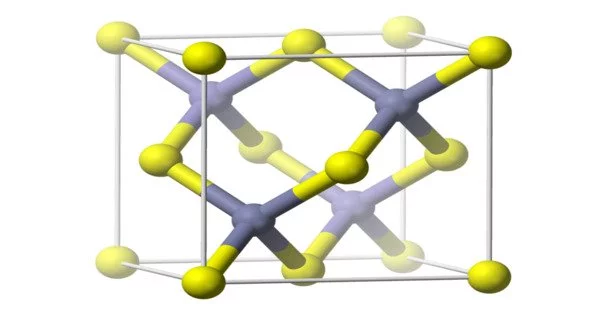Aluminium Indium Arsenide (AlInAs) is a semiconductor material that belongs to the III-V family of compound semiconductors. It is a ternary alloy consisting of aluminium (Al), indium (In), and arsenic (As) and has a wide range of applications in the fields of electronics and optoelectronics.
AlInAs has a direct bandgap and a high electron mobility, making it suitable for high-speed electronic and optoelectronic devices such as high-frequency transistors, laser diodes, and solar cells. It is also used in the production of infrared detectors and sensors due to its high sensitivity in the infrared region.
Aluminium indium arsenide is a semiconductor with a similar lattice constant to GaInAs but a larger bandgap. The x in the above formula is a number between 0 and 1 indicating an arbitrary alloy of InAs and AlAs. The formula AlInAs should be regarded as an abbreviated form of the preceding rather than a specific ratio.
Application
Aluminium indium arsenide is used as a buffer layer in metamorphic HEMT transistors, for example, to compensate for differences in lattice constants between the GaAs substrate and the GaInAs channel. It can also be used to create alternate layers of indium gallium arsenide that act as quantum wells; these structures are used in broadband quantum cascade lasers, for example.
In addition to its electrical properties, AlInAs is also mechanically stable and has a high thermal conductivity, which makes it suitable for high-temperature applications. Its properties can be further tuned by varying the composition of the alloy, allowing for the design and optimization of specific device characteristics.
Concerns have been raised about occupational exposure to gallium arsenide, indium arsenide, and aluminum gallium arsenide as their use has increased. Tanaka A (2004) demonstrated in his pharmacology review paper that, when given intratracheally, InAs is more toxic to the lungs than GaAs and AlGaAs. This is most likely due to differences in the toxicity of arsenic’s counter-element in semiconductor materials such as aluminum, gallium, or indium, rather than arsenic itself. Aluminum, gallium, and indium were discovered to be toxic when released from the particles.
Safety and toxicity aspects
The toxicology of AlInAs has not been thoroughly studied. The dust is irritating to the skin, eyes, and lungs. A recent review reported on the environmental, health, and safety aspects of aluminium indium arsenide sources (such as trimethylindium and arsine) as well as industrial hygiene monitoring studies of standard MOVPE sources.
Overall, AlInAs is a highly versatile material with a range of desirable properties that make it suitable for a wide range of applications in the electronics and optoelectronics industries.
















